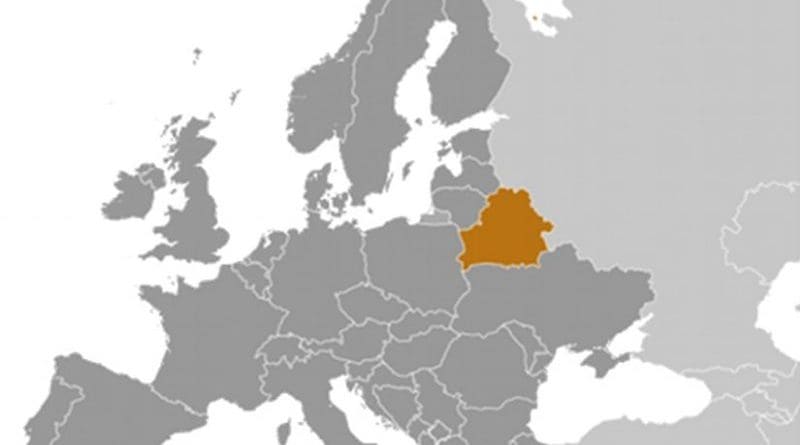Does Minsk’s Call For Creation Of Popular Militia Presage Pro-Russian Separatism In Belarus? – OpEd
By Paul Goble
Given that Belarus now has seven times as many police per 100,000 residents as it did in Soviet times, Natalya Radina says, it is far from clear why Interior Minister Igor Shunevich has called for creating a new popular militia to help the militia fight crime. Indeed, his words provoke concern such a force may be used for an entirely different purpose.
The chief editor of the opposition Charter 97 portal says that one possibility is that these forces will be used not to defend Belarusians from crime but to spark pro-Moscow separatism much as such organizations were used by Russian forces in the early days of Putin’s invasion of Ukraine’s Donbass (charter97.org/ru/news/2017/7/15/256413/).
She says that recent comments by Aleksandr Petrulevich, the former head of Ukraine’s national security service in Luhansk oblast (gordonua.com/news/war/eks-glava-luganskoy-sbu-petrulevich-rossiya-aktivizirovala-spyashchuyu-agenturu-na-vostoke-ukrainy-v-yanvare-2014-go-do-pobedy-maydana-i-begstva-yanukovicha-197763.html) show this isn’t a far-fetched idea.
According to the Ukrainian security official, “under the form of ‘people’s militias,’ Russia activated its network of agents in eastern Ukraine at least as early as January 2014, a month before the victory of the EuroMaidan, the flight of president Viktor Yanukovich, and the invasion of Crimea.”
“Already on January 27, 2014,” Petrulevich says, a special session of the Luhansk oblast Soviet occurred at which was adopted a decision about the creation of so-called people’s militias, the formation of which was assigned to the local administration of the MVD and the SBU.” That means, he continues, that Russia “activated its ‘sleepers’ in the east of Ukraine” exactly then.
The Ukrainian security officer stresses, Radina says, that “Eldar Nadriashvili, an advisor to the head of the Luhansk oblast administration worked on the formation of the militias” and then later went over to the side of the militants of ‘the LNR.’” These units stored the Luhansk SBU headquarters when Russian forces intervened.
And Petrulevich says that precisely these “’people’s militias’” became the first “’armed forces of the LNR.’”
It is worth noting, the Belarusian editor continues, that “the Belarusian interior minister is a native of Luhansk oblast and clearly monitors local pro-Russian separatists” in his new country. But what is especially “strange,” she says, is that this initiative has surfaced just before the Zapad-2017 exercises that will bring massive numbers of Russian troops into the country.
And it is likely that the first to be included in such “people’s militias” will be “members of pro-Russian militarized organizations which have grown under the patronage of the Russian Orthodox church, ‘the Cossacks,’ and various military-sports clubs.” They could easily be ordered to so something other than fight crime.
The risk of that is especially great given that the author of this proposal is someone who “frequently has sent signals to Moscow” that he is on its side, Radina argues; and thus it is worth reflecting about this danger given that “as the Ukrainian case has shown, from ‘popular militias’ to pro-Russian separatism is a single step.”

